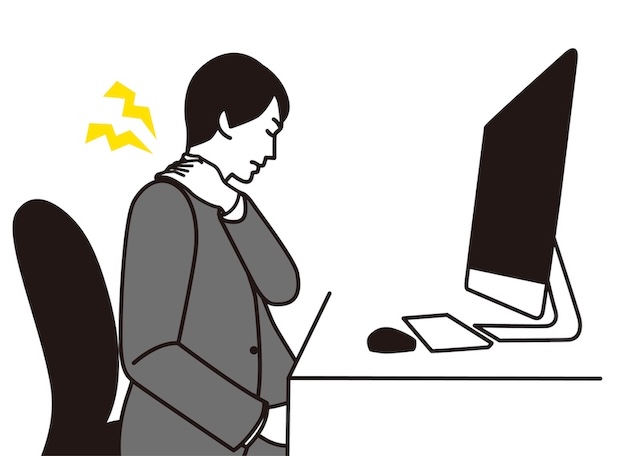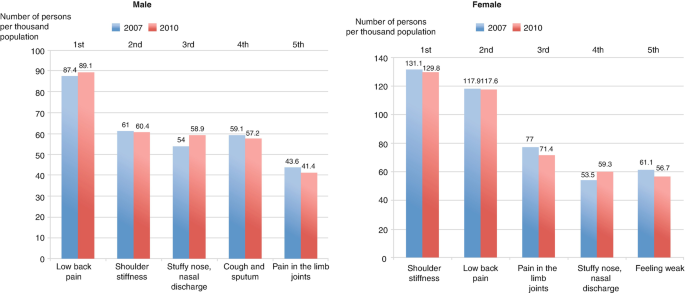In recent years, the work style reform advanced by the COVID-19 pandemic has significantly expanded the options for working through the widespread adoption of telework in many companies. This has been largely viewed favorably from a mental health standpoint, and the increased choices in work styles are considered desirable. However, as with anything, there are both benefits and drawbacks to the proliferation of telework.

Among the many symptoms experienced by a large portion of the population or constantly felt, “shoulder stiffness” will be explored in more depth this time. In Series 1, along with lower back pain, it is a major symptom where immediate and significant effects can be expected through chiropractic or spinal adjustments. When delving deeper into the term “effect,” Spine Chiropractic considers the aspect of “sustainability.”
Shoulder stiffness is not a disease. It is an extension of a normal reaction caused by the accumulation of lifestyle habits. I deliberately chose to phrase it as an extension of a normal reaction, but what does this mean?
Muscles resist gravity to maintain posture. Gravity is an unavoidable force for all objects on Earth. Therefore, muscles are constantly under tension due to the influence of gravity. However, if the body is in motion, muscles contract and relax, allowing for the continuous flow of blood without the accumulation of waste products (histamine, serotonin, bradykinin, etc.) in tissues.
Prolonged periods of desk work or maintaining the same posture lead to muscle tension as a normal mechanism to maintain posture. However, sustained maintenance of the same posture compromises muscle contraction and relaxation, resulting in the accumulation of waste products and the onset of stiffness or pain. Shoulder pain and lower back pain are symptoms that have accelerated in recent work styles.

Spine Chiropractic aims for fundamental improvement. Simply loosening tense muscles results in an approach solely focused on outcomes. The cause of tension = lack of flexibility = reduction in joint range of motion and mobility. Therefore, at Spine, we prioritize maintaining both muscle flexibility and joint position and mobility in good condition, primarily through adjustment-based treatments.
However, to be honest, since stiffness is cultivated by lifestyle habits, while chiropractic treatment can lead to improvement and long-lasting effects, maintaining further improvement requires moderate exercise and a balanced diet (foods that improve blood circulation include blue fish such as sardines, natto, pumpkin, onions, seaweed, etc.)
It might seem quite challenging to maintain moderate exercise and a balanced diet. However, in an era where the idea of living to 100 years old is being whispered about, it’s essential to take responsibility for our own bodies! I hope to become a guide for your health perspectives as well as providing treatment for your body at Spine Chiropractic.